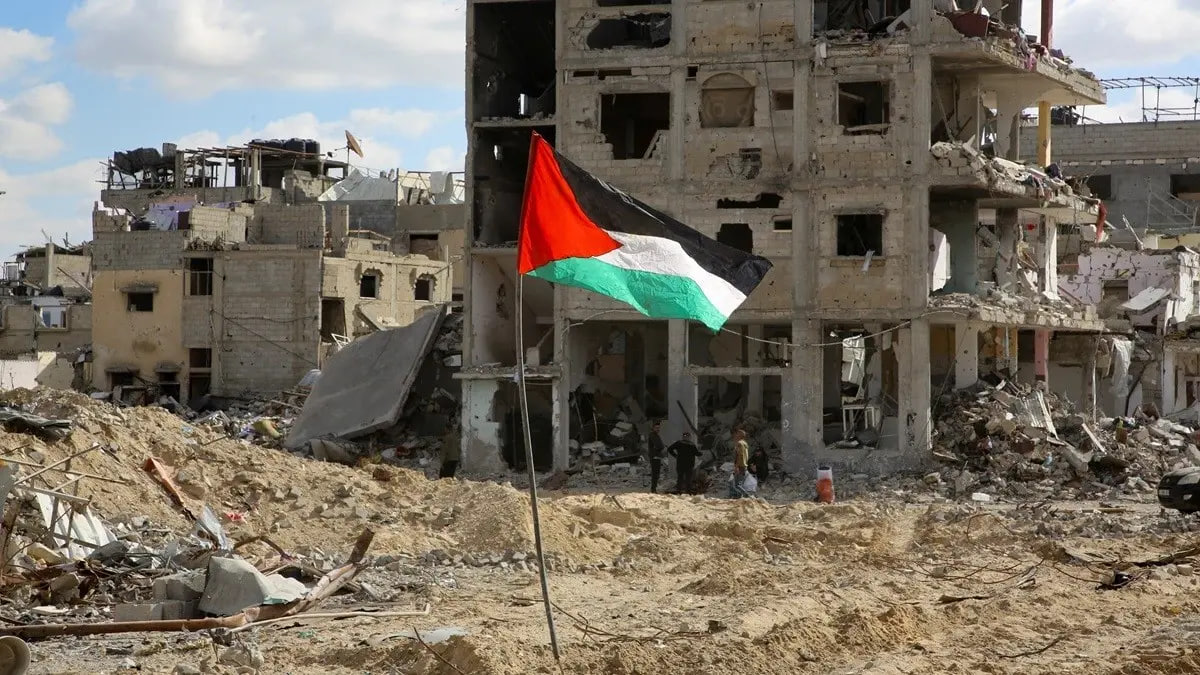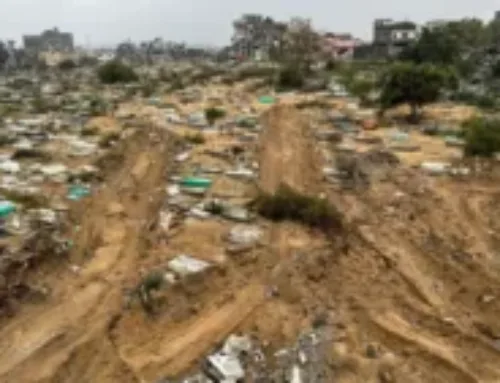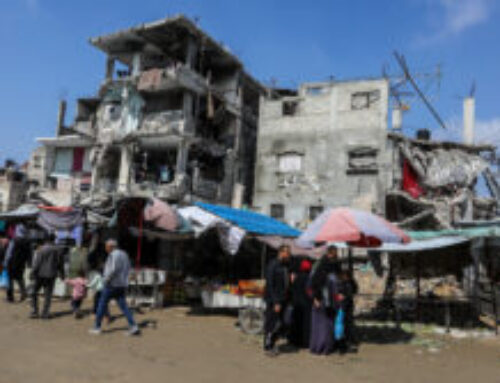A wave of Arab and international reactions was sparked by U.S. President Donald Trump ‘s statements regarding his plan to displace 2.2 million Palestinians from the Gaza Strip to either Egypt, Jordan, or other countries while taking control of the territory. This plan, referred to as “cleansing” Gaza of its inhabitants, came after a 15-month of genocide, during which the occupation destroyed more than 70% of the already besieged infrastructure, and displaced nearly two million people from their homes.
Trump’s plan is difficult to achieve, as it is hard to break the people of Gaza and their attachment to their land; for Palestinians, there is nothing but their land, nothing but that soil mixed with the blood of their loved ones, while their memories remain as steadfast as the mountains, believing they will return to rebuild once again. Because of this, they cling to it as a child clings to his mother.
Numerous historical evidences demonstrate to the world how deeply the people of the land are committed to their cause, and the failure of all policies aimed at displacing them and stripping them of their right to return to their homeland and their dream of liberating all of Palestine.
The idea of ethnic cleansing represents the essence of the Zionist project. Since the establishment of the entity, there have been repeated attempts to implement displacement decisions against the people of Palestine, relocating them to other countries and regions, especially starting in 1953 with what was known at the time as the “Sinai Plan,” proposed by the occupation with American support to displace Palestinians to Egyptian Sinai. At that time, UNRWA colluded to implement the plan under the pretext that the Gaza Strip was not suitable for long-term habitation, but the people of Gaza thwarted it in what was known as the “March Uprising.”
There was also the “Island Project” in northern Syria, aimed at resettling Palestinian refugees in Lebanon, Syria, and Iraq, and the “Johnson Project” to settle Palestinians living on both the eastern and western banks of the Jordan River. Sharon’s plan in 1970 aimed to empty the Gaza Strip of its inhabitants by isolating the area, tightening security control, demolishing thousands of homes, and displacing tens of thousands to Sinai and Al-Arish in Egypt. This plan was also thwarted by the steadfastness of the people of Gaza.
These instances confirm the determination of the people of the land to cling to their territory, no matter the pressures and hardships they endure, and no matter how much they are fought against, to assert their message: we are the children of this land, we will remain here or die on its soil.
Trump’s plan faces widespread rejection, confirming its impracticality. Amnesty International emphasized that the U.S. president’s proposals are “absurd,” lacking both morality and legality, and condemned the inhumanity of Trump’s suggestion and his mockery of the right of people to self-determination. The UN High Commissioner for Refugees, Filippo Grandi, stated that it is very difficult to comment on Trump’s proposal to control Gaza and relocate its residents, describing it as “extremely surprising.”
For its part, the Global Campaign to Return to Palestine called for urgent action by contacting governments, international organizations, and human rights institutions to take practical measures to criminalize attempts to forcibly displace the Palestinian people again, rather than merely issuing verbal condemnations. The campaign urged sending messages to the media to denounce those responsible for these calls and called on unions and professional associations to organize seminars and events commensurate with the seriousness of these proposals.
GCRP also called for organizing demonstrations and field activities to affirm the rejection of the world’s free people of displacement schemes, escalating boycott campaigns against the occupying entity and the companies that support it, to increase economic pressure on it.





